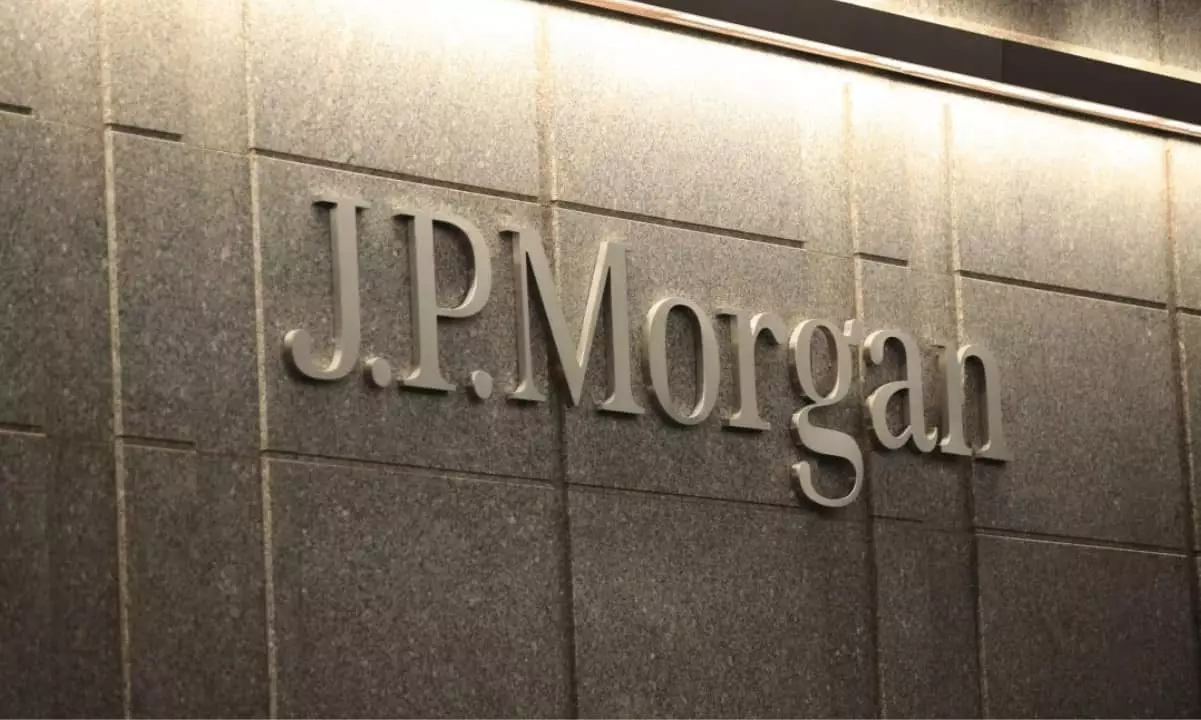Once a vehement critic of cryptocurrency, JPMorgan now contemplates integrating Bitcoin and Ethereum into its financial services, specifically through offering loans collateralized by these digital assets. This evolution speaks volumes about the asset’s growing influence, but it also raises critical questions about risk management, regulatory oversight, and the bank’s long-term stability. Jamie Dimon’s transformation from a vocal skeptic to a cautious supporter underscores the complex dance traditional financial titans are engaging with—desperately trying to save face in a rapidly transforming landscape while secretly grappling with genuine concerns.
The original resistance—Demonization of crypto as a tool for illicit activities—highlighted a fundamental issue: mainstream institutions have historically viewed digital currencies with suspicion, if not outright hostility. Now, JPMorgan’s move to back loans with crypto signifies a dangerous acceptance, an acknowledgment that these assets are becoming integral to modern finance. Yet, this shift is fraught with peril. Digital assets are inherently volatile, with historical swings dwarfing those of most traditional assets. Putting the bank’s capital and customers’ money at risk by accepting cryptocurrencies as collateral is a gamble that could destabilize the institution precisely when regulatory infrastructures are still in development.
Risks of Cryptocurrencies as Collateral: A Pandora’s Box for Traditional Finance
Allowing loans backed by cryptocurrency holdings introduces significant technical and legal challenges. Unlike traditional collateral such as real estate or securities, digital assets are intangible, prone to rapid price swings, and often held across numerous unregulated exchanges or wallets. Managing these assets requires sophisticated technology and constant valuation recalibration, not to mention safeguards against theft, loss, and liquidation issues when borrowers default.
Moreover, the risk of facilitating illicit transactions remains preeminent. Despite advancements in anti-money laundering (AML) policies, the opacity of many crypto transactions and the pseudonymous nature of blockchain activity continue to attract bad actors. If JPMorgan lends against crypto, it risks becoming entangled in money laundering or fraud, tarnishing its reputation and exposing itself to regulatory penalties.
Furthermore, the practical aspect of repossessing digital assets is unresolved. How does a bank seize, liquidate, and recoup value from crypto holdings when a borrower defaults? Unlike tangible assets, digital tokens require secure custody solutions, which are still maturing. The potential for disputes over ownership, valuation discrepancies, and technical failures could convert this promising innovation into a costly nightmare.
Regulatory Shadows and Market Instability: The Hidden Dangers Ahead
While regulators in the U.S. and abroad are beginning to catch up with the crypto industry—passage of stablecoin legislation and easing of banking restrictions indicate momentum—the regulatory environment remains unpredictable. This uncertainty may discourage prudent lending practices, instead fostering a risky environment where major banks are incentivized to chase quick profits rather than systemic stability.
The entry of giants like Morgan Stanley, joining JPMorgan’s latest endeavors, suggests a broader industry trend that could inflate asset bubbles and distort market fundamentals. Yet, not all institutions are on board; Goldman Sachs remains cautious, highlighting the underlying fears of exposure and systemic risk. The broader financial ecosystem remains vulnerable to crypto’s inherent volatility, which could trigger cascades of defaults if market conditions sour.
Additionally, this integration emboldens speculative behavior, risking the creation of a financial house of cards. If major loans are issued against volatile collateral, an adverse market correction could lead to massive losses, not just for individual lenders, but for the entire financial system. Unlike traditional assets, cryptocurrencies lack intrinsic value, making them a fragile foundation for secured lending.
A Center-Right Perspective: Cautious Optimism with Vigilant Oversight
From a center-right liberal stance, innovation must be balanced with prudence. The enthusiasm to integrate crypto into banking products should not overshadow the need for robust regulatory frameworks and risk controls. While embracing technological advancement is vital for economic growth, it should not come at the expense of financial stability.
Traditional institutions like JPMorgan are justified in exploring these frontiers; however, they must recognize the limits of their expertise and the dangers of premature adoption. Crypto’s promise lies in decentralization and democratization, but these virtues are compromised when risk is underestimated or poorly managed. The bank’s past dismissiveness reveals a conflict: want to appear innovative and aligned with future trends while maintaining a cautious posture that preserves stability.
For policymakers, the focus should be on establishing clear, enforceable standards that prevent systemic collapse. Allowing banks to lend against crypto assets opens a Pandora’s box—one filled with enormous potential but equally significant perils. Without strict regulation, market resilience will remain fragile, vulnerable to shocks that could ripple through the economy.
JPMorgan’s tentative step into crypto-backed lending is a double-edged sword. Its potential to revolutionize finance is undeniable, yet the inherent risks, unresolved legal issues, and volatile nature of digital assets suggest that this path should be tread carefully. The financial industry’s willingness to catastrophically overreach in pursuit of innovation remains the greatest threat, and only with vigilant oversight can this emerging crypto frontier be navigated without sinking into chaos.

